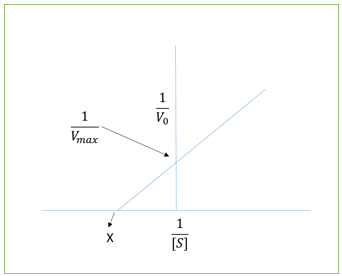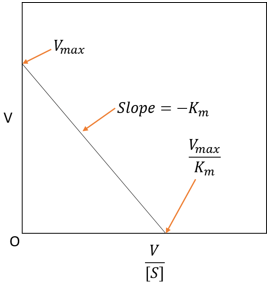MCQs
Total Questions : 47
| Page 2 of 5 pages
Answer: Option B. -> False
Answer: (b).False
Answer: (b).False
Answer: Option C. -> Emil Fischer
Answer: (c).Emil Fischer
Answer: (c).Emil Fischer
Answer: Option D. -> enzyme kinetics
Answer: (d).enzyme kinetics
Answer: (d).enzyme kinetics
Answer: Option A. -> True
Answer: (a).True
Answer: (a).True
Answer: Option B. -> enzymatic mechanism
Answer: (b).enzymatic mechanism
Answer: (b).enzymatic mechanism
Answer: Option C. -> –1/Kₘ
Answer: (c).–1/Kₘ
Answer: (c).–1/Kₘ
Answer: Option C. -> Eadie-Hofstee plot
Answer: (c).Eadie-Hofstee plot
Answer: (c).Eadie-Hofstee plot
Answer: Option A. -> True
Answer: (a).True
Answer: (a).True
Answer: Option B. -> Activation energy
Answer: (b).Activation energy
Answer: (b).Activation energy
Answer: Option D. -> specific acid-base catalysis
Answer: (d).specific acid-base catalysis
Answer: (d).specific acid-base catalysis


















